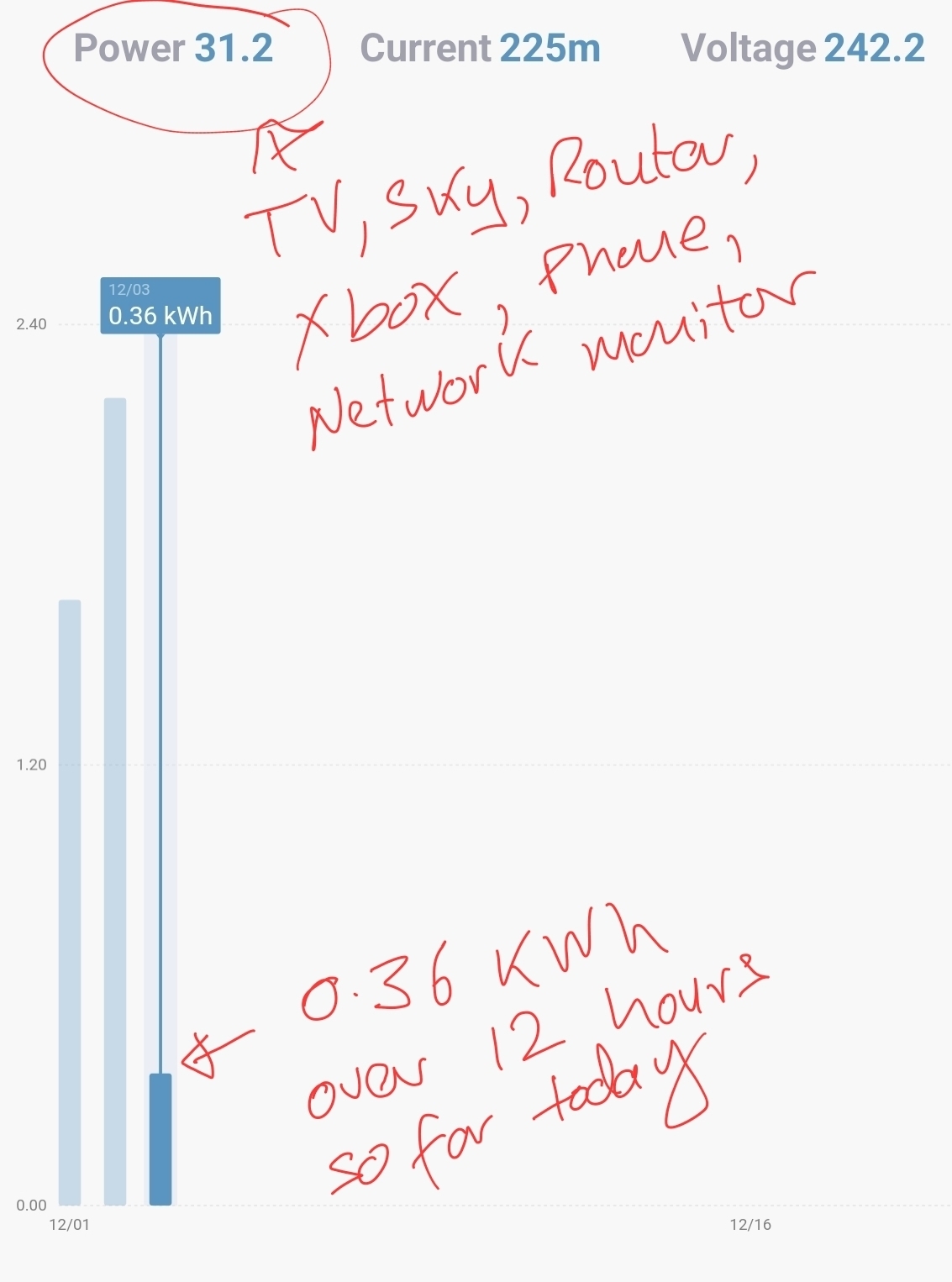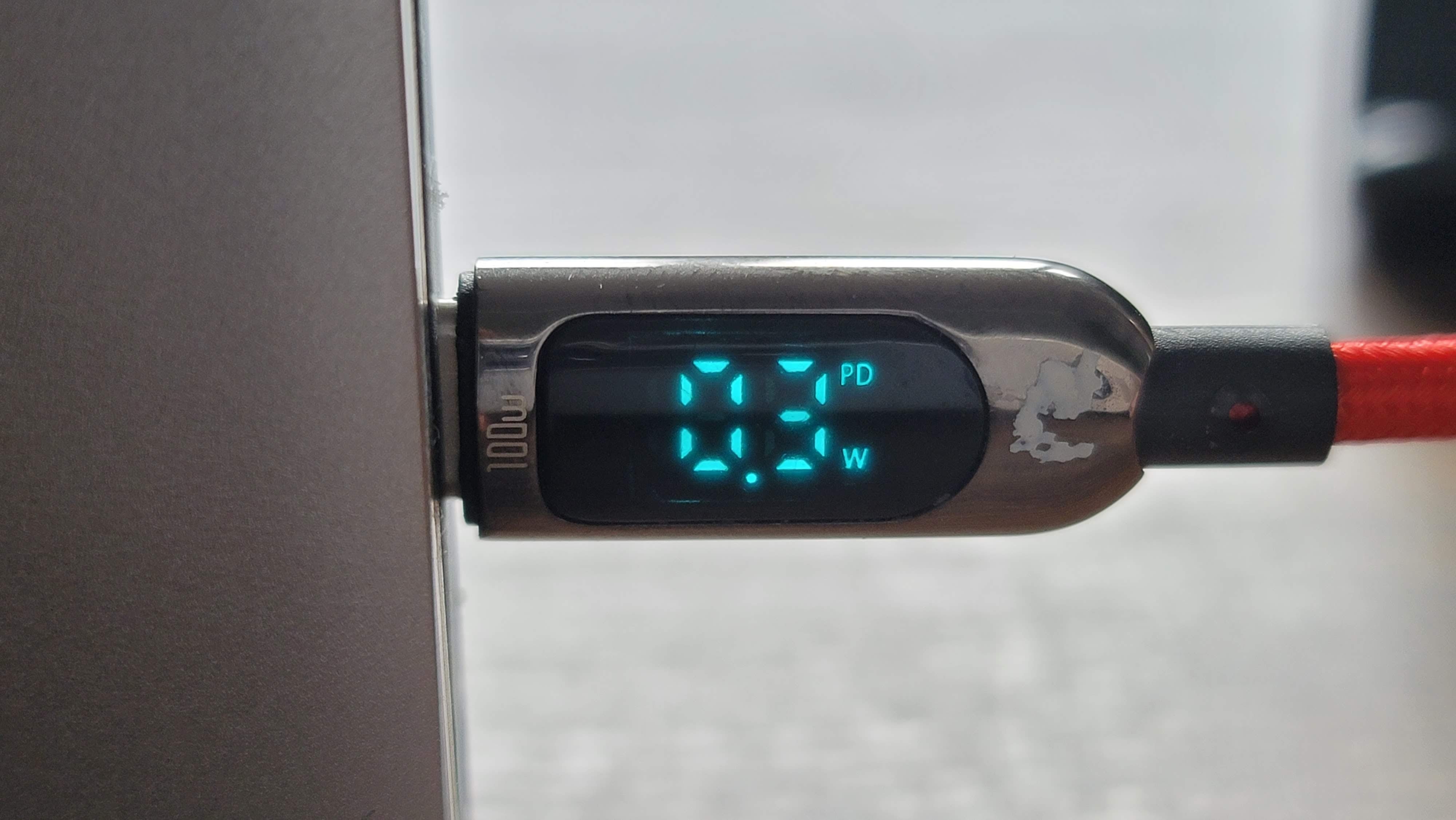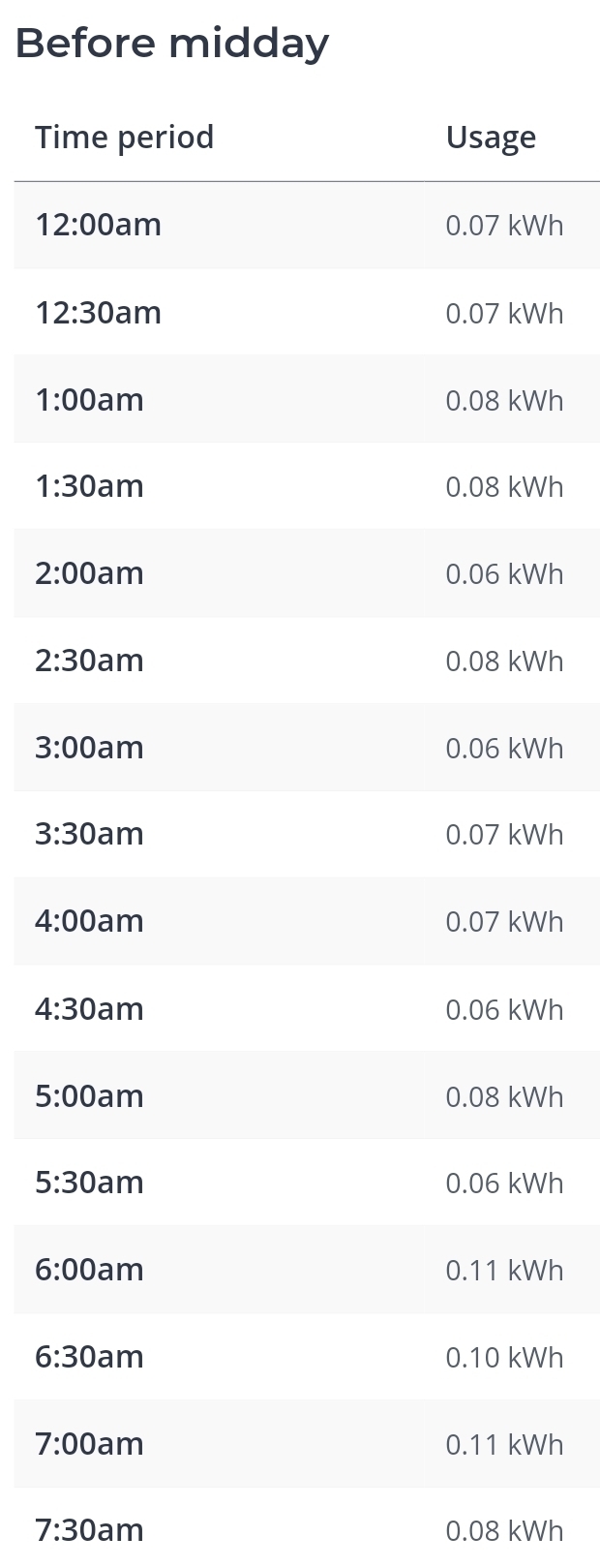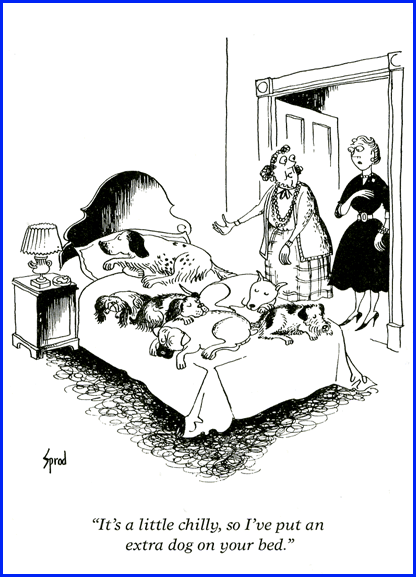Updated on 15/01/24 by Emmanuelle_OVO:
Got a smart meter? Making sure your meter reading schedule is set to half hourly may help give you an indication of what different appliances are using. OVO’s Energy Tracker available on the Online Account gives a breakdown of where your energy is being used.
Worried your usage is too high? The following topic may be helpful:
Phantom Energy - is a phenomenon which is beginning to be talked about more and more but it’s not all that well known or maybe understood.
All electrical appliances generally use power if they are left plugged in, even if they are not switched on. The TV is off via the remote but it’s actually on standby, ready for your next command so what power is used while it does this?
Many other devices which respond to a button push are also on standby .. it is the typical way of designing modern devices to have a quick wake up routine. Even low voltage devices operated via a power supply from the mains, use electricity when they are off. The transformer in these devices is connected even when the item is switched off. But what does this mean and how can we do something about it?
If you have a smart meter and an in home display (IHD), you will be able to see what power is being used via the ‘Usage Now’ screen so last thing when you think everything is off it will show what power is being used at that point. Some of the largest phantom load users are: (edited)
TV
Fridge
DVD Player
DVR (Video Recorder)
Satellite TV Box
Video Game Console
Laptop (on or off!)
It is thought that a typical phantom power level accounts for 10% of electricity in a home over a year so just think about that with energy price levels now.
What can I do? - You can switch things off at the wall, pull the plug (could be a good strap line), or at least know what is actually on while you are not using it. Fridges in use need to be left switched on and of course any alarm systems or similar which might be in your home.
Do you know what your phantom is using?
















